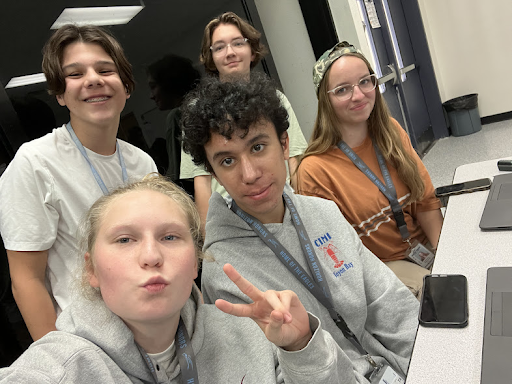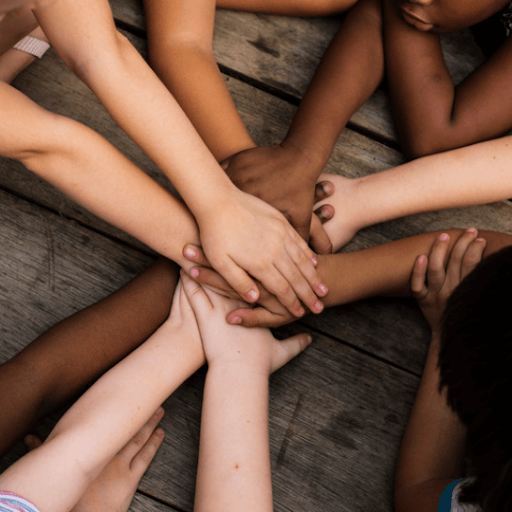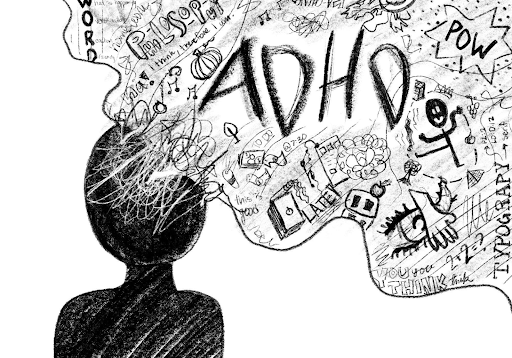Checking Charities
Some companies have been using “starving children in Africa” to milk money out of the American people for their own personal gain.
January 20, 2018
We’ve all heard the line when we were kids who didn’t want to eat our food, “There are starving kids in Africa who could eat that!” Which is definitely true. According to Hunger Notes, there are estimated 233 million unfed and malnourished people in Africa, compared to the estimated world wide hunger of 795 million people. Though many charities are working to help these people, there is a large number of charities that use these starving children to get money from people. These false charities then pocket most of the money and give only a small amount to the people in need.
Blake Mycoskie, founder of Toms, had an interview with Jacob Gordon, a writer for TreeHugger.com. In the interview they talk about the importance of giving children in developing countries shoes as “just…having shoes helps someone with their personal security and understanding.” Toms is a good example of what a charity should be. They work to give these people an asset that helps them. Mycoskie said that “a lot of kids cannot go to school unless they have a proper uniform, and a proper uniform includes shoes…they say to us when we give them shoes is, ‘Oh my God, my kid will now get to go to school.’” Toms supplies something that is needed across the world. But some people have problems with Toms, they say how giving people these shoes hurts the shoe makers in their area. But after studies made by The Economist, they concluded that it doesn’t affect the market severely because people don’t buy shoes often.
Still, there are many charities that say that they’re helping people but are actually pocketing the money they receive. Drew Griffin, a writer for CNN, investigated this matter to discover “the 50 worst charities.” He came to the conclusion that these charities have raised more than $1.3 billion dollars, and more than $1 billion of that money went back to the companies that got the donations.
Most of these companies make the money by selling themselves as something that they’re not. A good example is the Children’s Wish Foundation International and the Wishing Well Foundation. Both companies chose names that were similar to the Make-a-Wish Foundation and feed off of confused donors that don’t know what they’re doing. “While some of the donations go elsewhere, all the bad public relations that comes with telemarketing seems to come to us,” said Make-A-Wish spokesman Paul Allvin. Not only are these companies misguiding people, they are also making the real charities look bad.
If donating money to a charity, make sure to scratch below the surface to make sure your money is going to good use. Try sticking to companies that are more well-known like Toms and Make-a-Wish.








